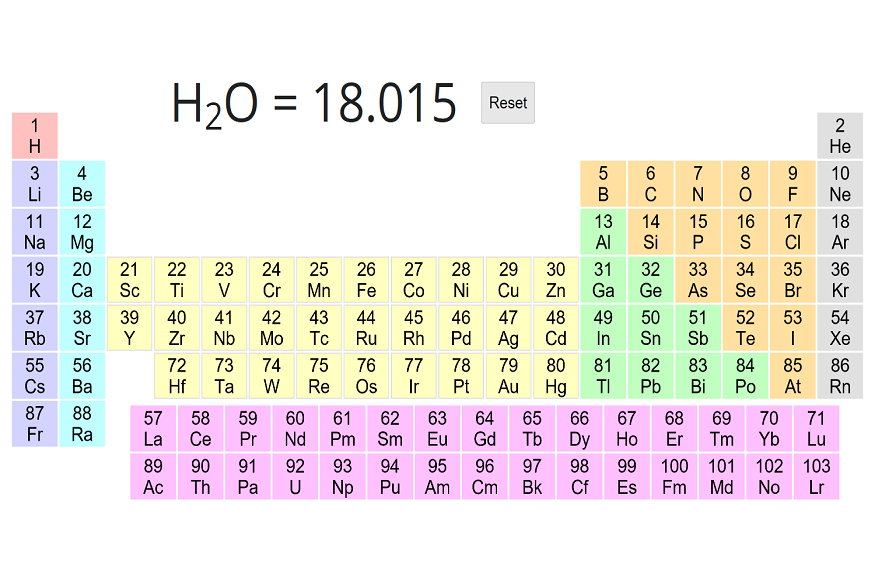Hydrogen polyoxides are acyclic chemical compounds composed solely of hydrogen and oxygen atoms and bonded exclusively by single bonds. As a result, they can be classified as hydrogen chalcogenides.
When molecular hydrogen (H2) and oxygen (O2) are combined and allowed to react, energy is released, and the molecules of hydrogen and oxygen can combine to form either water or hydrogen peroxide.
Water, H2O, is the most basic stable hydrogen polyoxide. The general structure of the class of molecules is a chain of oxygen atoms that are single-bonded to each other. In the presence of light, hydrogen peroxide decomposes slowly. Each oxygen atom on this oxygen skeleton is connected to a hydrogen atom.
Hydrogen Polyoxide – Water (H2O)
Water is a tasteless and colourless liquid with higher thermal conductivity, specific heat, surface tension, and other properties than other liquids. It is also known as a universal solvent because it dissolves most substances, including acids, salts, sugar, and gases.
Water has low electrical conductivity. However, it can be improved by incorporating ionic substances that dissociate to produce ions in the aqueous phase for charge transport.
H2O is the chemical formula for water. It consists of two hydrogens and one oxygen atom with covalent bonds. The molecular weight of this compound is 18.01 g mol–1.
Uses
Water can be used both directly and indirectly. Direct uses of water include bathing, drinking, and cooking, while indirect uses include the processing of wood to make paper and the production of steel for automobiles. Agriculture, industry, and electricity use the majority of the world’s water. The following are the most common water uses:
- Household Needs and Drinking
- Recreation
- Industry and Commerce
- Agriculture
- Thermoelectricity/energy
Hydrogen Polyoxide – Hydrogen Peroxide (H2O2)
H2O2 is the chemical formula for hydrogen peroxide. It is a very pale blue liquid that is slightly more viscous than water in its pure form. The most basic peroxide is hydrogen peroxide.
The chemical symbol, H2O2, for hydrogen peroxide is very similar to the H2O – symbol for water. The H2 symbol represents two hydrogen atoms, and the O2 symbol represents two oxygen atoms. The molecular weight of this compound is 34.01 g mol–1.
Uses
- It is an oxidiser, a bleaching agent, and an antiseptic.
- Concentrated hydrogen peroxide, also known as “high-test peroxide”, is a reactive oxygen species used as a rocket propellant. The nature of its unstable peroxide bond dominates its chemistry.
- Due to its instability, hydrogen peroxide is typically stored in a dark-coloured bottle, with a stabiliser in a weakly acidic solution.
- The biological system, including the human body, contains hydrogen peroxide.
- Peroxidases are enzymes that use or decompose hydrogen peroxide.
Summary
Experimentally, hydrogen polyoxides with up to five oxygen atoms have been created.
- The most common hydrogen polyoxide found on Earth’s surface is water (H2O).
- Hydrogen peroxide (H2O2) is a common disinfectant that decomposes easily into water and oxygen.
- Trioxidane (H2O3) is a rare compound that decomposes easily into water and singlet oxygen.
- Hydrogen tetroxide (H2O4) was created through a low-temperature reaction between peroxy radicals.
- Hydrogen pentoxide (H2O5) is a byproduct of trioxidane production and has also been synthesised at low temperatures by a reaction between peroxy radicals.
- Theoretical studies have been conducted on hydrogen polyoxides containing up to ten oxygen atoms, but those containing more than five oxygen atoms are expected to be extremely unstable.

